-
About
- About Listly
- Community & Support
- Howto
- Chrome Extension
- Bookmarklet
- WordPress Plugin
- Listly Premium
- Privacy
- Terms
- DMCA Copyright
- © 2010-2024 Boomy Labs


 Rajashri Venkatesh
Rajashri Venkatesh
Listly by Rajashri Venkatesh
Here is a list of some of the most influential painters of all time, who laid the foundation of art and artistry and were an inspiration to thousands of art lovers.
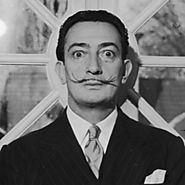
Spanish artist and Surrealist icon Salvador Dalí is perhaps best known for his painting of melting clocks, The Persistence of Memory. From an early age, Dalí was encouraged to practice his art and would eventually go on to study at an academy in Madrid. In the 1920s, he went to Paris and began interacting with artists such as Picasso, Magritte and Miró, which led to Dalí's first Surrealist phase. He is perhaps best known for his 1931 painting The Persistence of Memory, showing melting clocks in a landscape setting. The rise of fascist leader Francisco Franco in Spain led to the artist's expulsion from the Surrealist movement, but that didn't stop him from painting. Dalí died in Figueres in 1989.
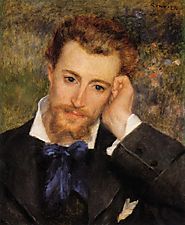
Renoir's paintings are notable for their vibrant light and saturated color, most often focusing on people in intimate and candid compositions. The female nude was one of his primary subjects. In characteristic Impressionist style, Renoir suggested the details of a scene through freely brushed touches of color, so that his figures softly fuse with one another and their surroundings.
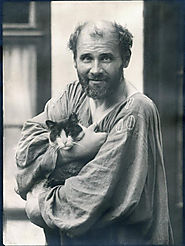
Nineteenth century Austrian painter Gustav Klimt is known for the highly decorative style of his works, his most famous being The Kiss. Born in 1862, Austrian painter Gustav Klimt became known for the highly decorative style and erotic nature of his works, which were seen as a rebellion against the traditional academic art of his time. His most famous paintings are The Kiss and Portrait of Adele Bloch-Bauer.
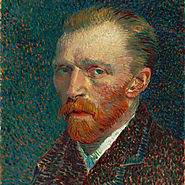
Van Gogh was a post-impressionist painter whose work, notable for its beauty, emotion and color, highly influenced 20th century art. He struggled with mental illness, and remained poor and virtually unknown throughout his life. Van Gogh died in France on July 29, 1890, at age 37, from a self-inflicted gunshot wound.
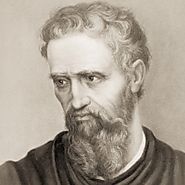
Michelangelo is widely regarded as the most famous artist of the Italian Renaissance. Among his works are the "David" and "Pieta" statues and the Sistine Chapel frescoes. Born to a family of moderate means in the banking business, Michelangelo became an apprentice to a painter before studying in the sculpture gardens of the powerful Medici family.
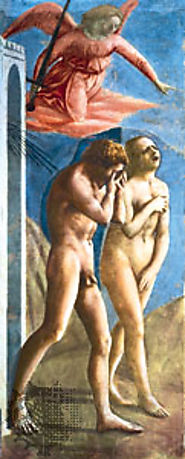
Masaccio, important Florentine painter of the early Renaissance whose frescoes in the Brancacci Chapel of the Church of Santa Maria del Carmine in Florence remained influential throughout the Renaissance. In the span of only six years, Masaccio radically transformed Florentine painting. His art eventually helped create many of the major conceptual and stylistic foundations of Western painting. Seldom has such a brief life been so important to the history of art.
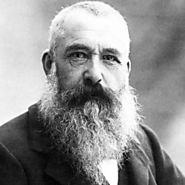
Claude Monet was a famous French painter whose work gave a name to the art movement Impressionism, which was concerned with capturing light and natural forms. Claude Monet was born on November 14, 1840, in Paris, France. He enrolled in the Academie Suisse. After an art exhibition in 1874, a critic insultingly dubbed Monet's painting style "Impression," since it was more concerned with form and light than realism, and the term stuck.
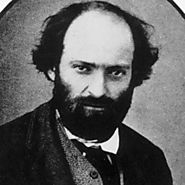
Post-Impressionist French painter Paul Cézanne is best known for his incredibly varied painting style, which greatly influenced 20th century abstract art. The work of Post-Impressionist French painter Paul Cézanne, born in Aix-en-Provence in 1839, can be said to have formed the bridge between late 19th century Impressionism and the early 20th century's new line of artistic inquiry, Cubism. The mastery of design, tone, composition and color that spans his life's work is highly characteristic and now recognizable around the world.
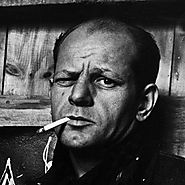
Jackson Pollock was an influential American painter, and the leading force behind the abstract expressionist movement in the art world. During his lifetime, Pollock enjoyed considerable fame and notoriety. Jackson Pollock's greatness lies in developing one of the most radical abstract styles in the history of modern art, detaching line from color, redefining the categories of drawing and painting, and finding new means to describe pictorial space.
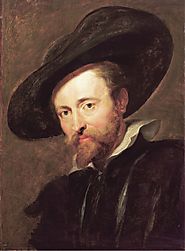
Peter Paul Rubens was a prolific seventeenth-century Flemish Baroque painter, and a proponent of an exuberant Baroque style that emphasized movement, color, and sensuality. He is well-known for his Counter-Reformation altarpieces, portraits, landscapes, and history paintings of mythological and allegorical subjects.
